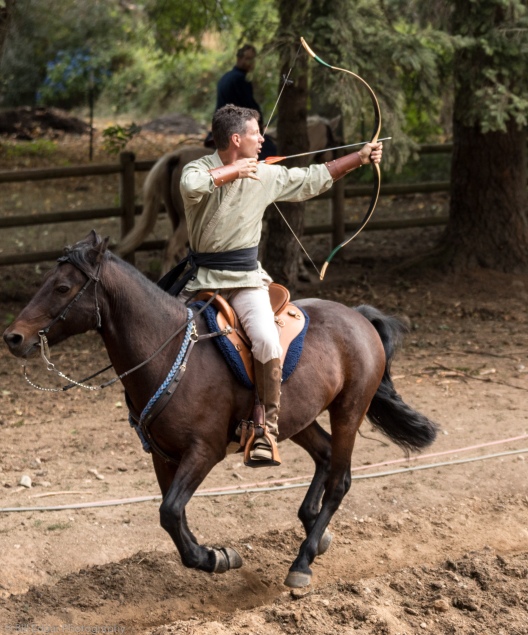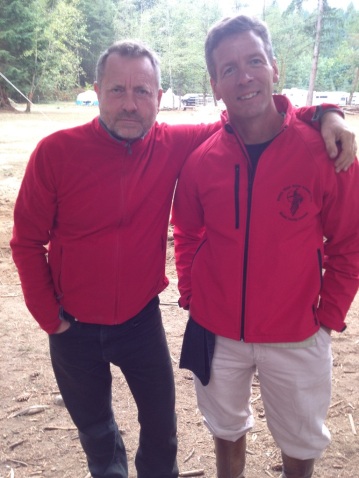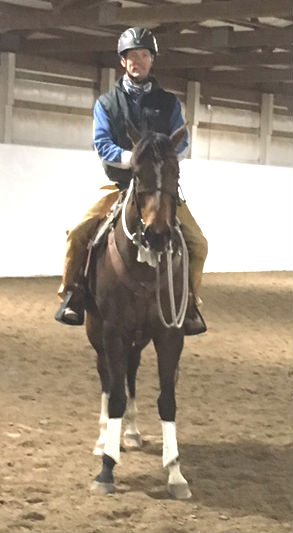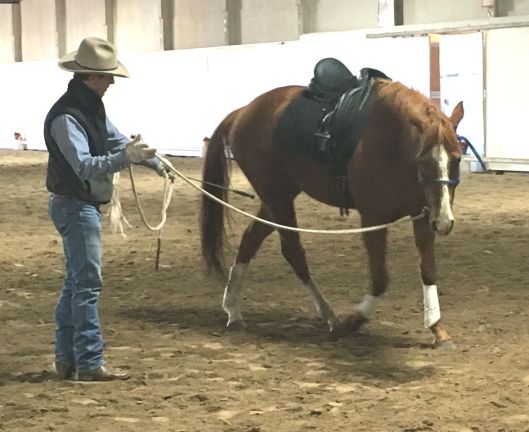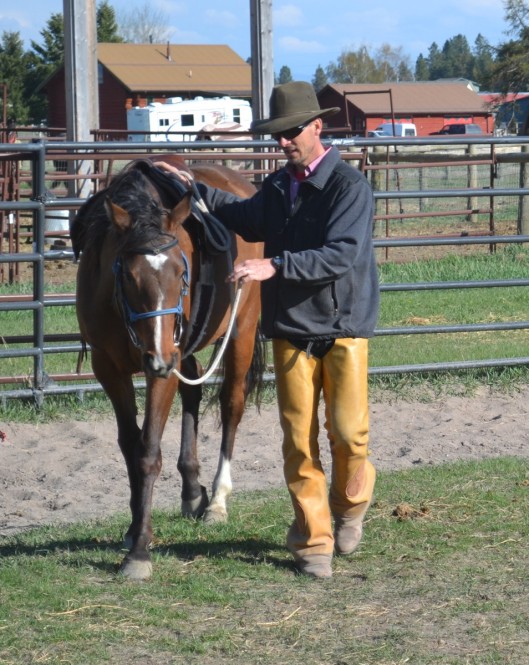I wish I had a dime for every time I heard someone say ‘I don’t know what happened, he/she just blew up out of nowhere’.
Now, I am not talking about a horse slipping out from underneath you, or a crow hop. I am talking about the head disappears between their knees commitment to getting rid of what is on their back, kind of buck.
So why does a horse buck?
I guess it depends on the horse, the rider, the situation and surroundings. I don’t have all the answers but in my experience I have seen horses buck due to a handful of reasons. This usually includes pain, fear (self-preservation), surprise, frustration, neurological issues and bug stings. Many of these causes and situations we can manage and hopefully avoid or shut down the buck.
Pain is one of the prime causes and one of the first ones I try to remove. Saddle fit can be a major cause of pain that would cause a bucking reaction. A lot of behavior problems that I have seen have linked back to a poor fitting saddle. Other pain issues could include the hock and/or pelvis. Has the horse had a fall or fight with a paddock mate? The physical needs to be ruled out first, is the bucking secondary to another issue. I have successfully utilized equine chiropractic practitioners to help with these problems.
Fear or self-preservation is another cause for the buck to occur. Think of the cougar latched on to the back of a mustang and how he would best get rid of it? With an NFR worthy bucking performance. We as riders don’t want to be the cougar. With a young horse, proper exposure to a variety of situations and environments will go a long way toward staying this side of a wreck. This is especially true for training a horse for disciplines such as horseback archery, in which both over and under exposure are very detrimental. the same holds true for the surprised horse. If you teach a horse that he can move his feet when his self-preservation is threatened, he won’t be so apt to do so when he gets scared or surprised. BUT, you have to be there to support him.
Allowing/encouraging the horse to move their feet also helps with the frustration factor as to why a horse bucks. Supposing your horse doesn’t want to go away from the barn, but you persist. He wants to turn back, but you allow him to move his feet (circle) and praise/pet him when headed in the correct direction. At no time do you hold him in one direction and insist on forward. This is a recipe for a potential buck.
Neurological issues are fortunately very few. In one case that I recall, the horse had a tumor behind his eye putting pressure on the brain. I have known of a few horses that were just plum ‘loco’, either due to ‘bad breeding’, genetics or severe trauma of some kind (in some cases, abuse/neglect) Unfortunately these are hard, if not impossible to resolve with training and require qualified veterinarian consultation.
Bug bites, mainly bee/hornet stings have accounted for unplanned dismounts of the emergency variety. Hopefully you have a good enough handle on your horse that you can shut it down in time (a correct hind-quarter release). Back when my wife had a TB gelding , we were on a trail ride and ran into swarming mosquitoes. It got pretty western, pretty quickly. Once we figured out that he was agitated by dozens of bugs chewing on him (right through the bug spray we had doused him with) we got his feet moving and the bucking and agitation ceased. Keep in mind it is difficult but not impossible for a horse to buck while running forward. Fortunately, in this case, the horse wasn’t coordinated enough to trot along and buck at the same time.
There is also one other reason that I have run across for a buck to occur and that is the playful, ‘I feel good’ type of exuberant buck. These happen quite frequently in the Spring. As long as the rider can ride it and it doesn’t escalate, I think it’s an okay thing for the horse to express himself.
Training and building a relationship with your horse will allow you to know the difference between playfulness and distress. Develop a feel for your horse and be present mentally when you are riding him. Adding variety to your horse activities can keep a horse mentally fresh and looking forward to being around you. Mixing up the routine will help to prevent a horse from getting sour, frustrated, and developing undesirable behaviors.
At no time in my years around horses have I ever seen a horse buck to ‘get out of work’ or because ‘they are just being lazy’. The trainer/rider gets mentally stuck and struggles to better understand the behavior that is causing the bucking or refusal from the horse. Bucking can be a form of refusal. If your horse refuses, you have either asked the wrong question or asked the question wrong.

